Examining tDCS's potential role as an adjunct to standard rehab
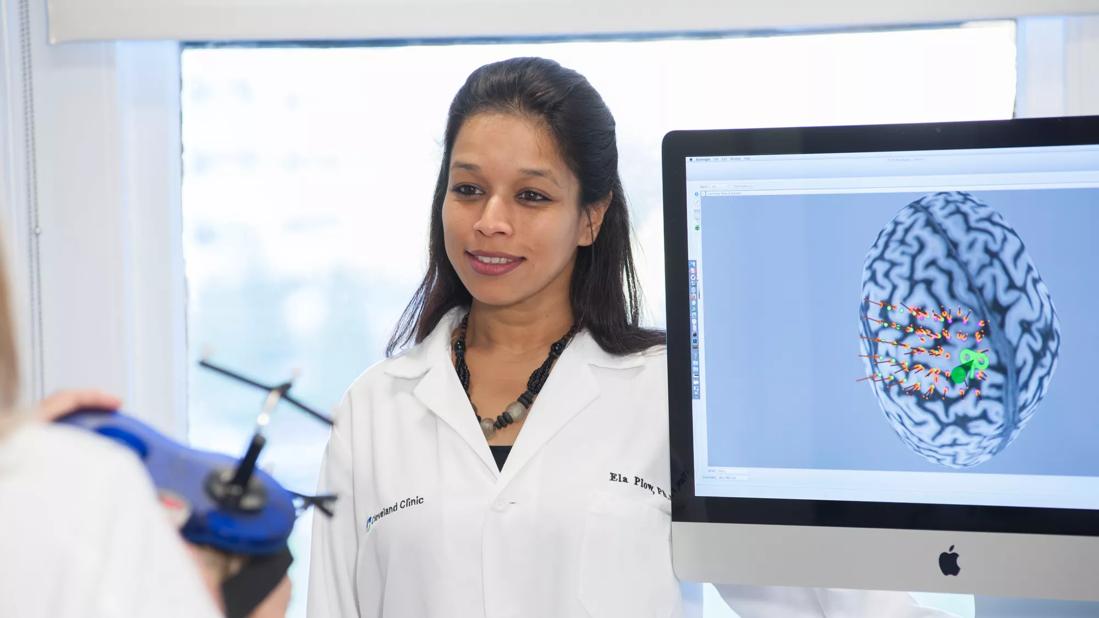
In the United States, more than 280,000 people — including 42,000 military veterans — are affected by spinal cord injury (SCI), including limb weakness and paralysis. While rehabilitation can be helpful, the benefits are slow and inadequate to restore patients’ lost independence. A team of researchers at Cleveland Clinic is trying to speed recovery using noninvasive brain stimulation.
Advertisement
Cleveland Clinic is a non-profit academic medical center. Advertising on our site helps support our mission. We do not endorse non-Cleveland Clinic products or services. Policy
Ela B. Plow, PhD, PT, of Cleveland Clinic’s Lerner Research Institute, recently received a four-year, $2.5 M award from the Department of Defense (DoD) to lead a brain stimulation study in patients with paralyzed upper limbs due to SCI. The award was granted under the DoD’s Spinal Cord Injury Research Program.
Dr. Plow’s preliminary work with stroke patients has shown promise that the noninvasive techniques of transcranial magnetic stimulation and transcranial direct current stimulation (tDCS), applied from atop the scalp, may assist the brain in encouraging weakened upper-limb muscles to respond again. The premise is that tDCS can be used as an adjunct to standard rehabilitation therapy to more speedily achieve better functional outcomes for patients.
Advantages of her group’s protocol include the simplicity and affordability of brain stimulation, its potential for widespread dissemination, and design and controls adopted to reduce heterogeneity and improve power.
This ambitious DoD study is the first multi-site, phase I/II, randomized, controlled, double-blinded clinical trial of the technique and will involve local colleagues and patients from Cleveland Clinic and the Louis Stokes Cleveland VA Medical Center and those from the Kessler Foundation/Kessler Institute for Rehabilitation in the eastern US. Dr. Plow and her associates are hopeful that this promising new avenue will improve quality of life for the hundreds of thousands of patients living with weakened or paralyzed muscles due to SCI.
Advertisement
Dr. Plow is a staff member in Lerner Research Institute’s Department of Biomedical Engineering and the Neurological Institute’s Center for Neurological Restoration. In addition to her collaboration with the Kessler Institute, she credits strong partnerships within Cleveland Clinic’s Neurological Institute and regional associations with the Cleveland VA’s Functional Electrical Stimulation Center and Advanced Platform Technology Center and the MetroHealth Rehabilitation Institute of Ohio.
Advertisement
Advertisement

First full characterization of kidney microbiome unlocks potential to prevent kidney stones

Researchers identify potential path to retaining chemo sensitivity
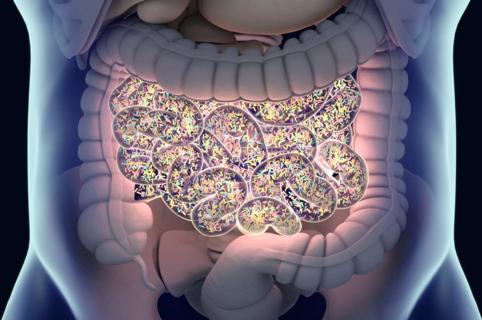
Large-scale joint study links elevated TMAO blood levels and chronic kidney disease risk over time
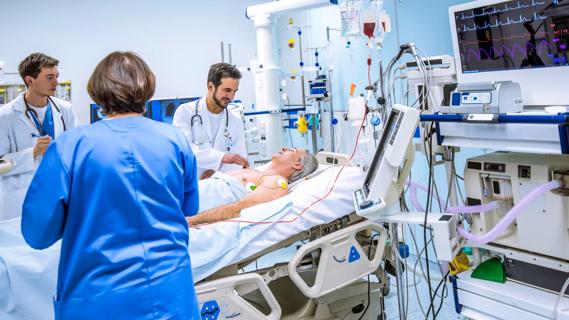
Investigators are developing a deep learning model to predict health outcomes in ICUs.

Preclinical work promises large-scale data with minimal bias to inform development of clinical tests

Cleveland Clinic researchers pursue answers on basic science and clinical fronts
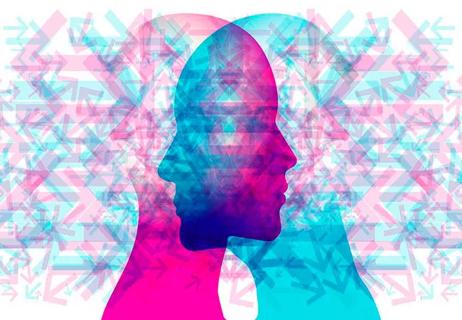
Study suggests sex-specific pathways show potential for sex-specific therapeutic approaches
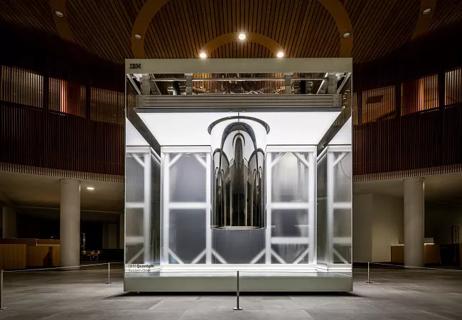
Cleveland Clinic launches Quantum Innovation Catalyzer Program to help start-up companies access advanced research technology